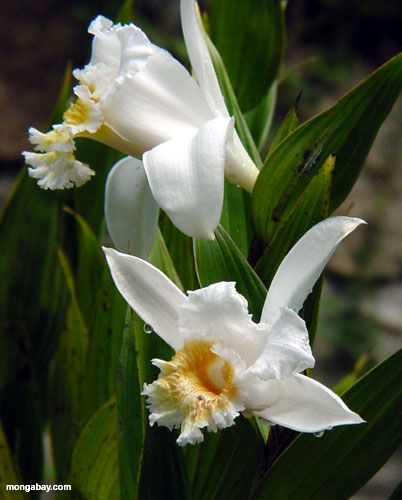
Q: Explain the realtionship between the distribution of tissues in the leaf and functions of these tissues.
A: Transport tissues transport water between the root and the stem system and the water is moved alond with th materials from the soil and glocuse that needs to be changed into starch and stored. In the dermal tissue the plant is protected from predators and from the deserts. In the ground tissue, the plant is supported, it is also where photosynthesis takes place.
Q: Outline four structual adaptations of xerophytes
A: Waxy structure in order to hold water
Vertical roots in order to capture sunlight in the morning
Spines or needles in order to defend itself against predators
Spines instead of leaves to reduce the rate of transpiration
Q: Outline two structural adaptations of hydrophytes
A: Waxy cuticle in order to keep water inside and keep water from outside out.
Small amounts of xylem in stem and leaves
A: Transport tissues transport water between the root and the stem system and the water is moved alond with th materials from the soil and glocuse that needs to be changed into starch and stored. In the dermal tissue the plant is protected from predators and from the deserts. In the ground tissue, the plant is supported, it is also where photosynthesis takes place.
Q: Outline four structual adaptations of xerophytes
A: Waxy structure in order to hold water
Vertical roots in order to capture sunlight in the morning
Spines or needles in order to defend itself against predators
Spines instead of leaves to reduce the rate of transpiration
Q: Outline two structural adaptations of hydrophytes
A: Waxy cuticle in order to keep water inside and keep water from outside out.
Small amounts of xylem in stem and leaves
